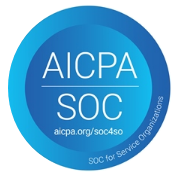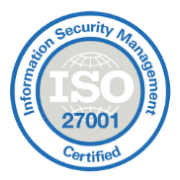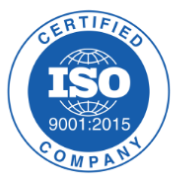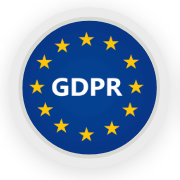In today’s fast-paced business environment, investing in Learning Management System (LMS) software is no longer a luxury—it’s a necessity. Organizations are increasingly turning to LMS platforms to streamline employee training, enhance skill development, and improve overall productivity. However, with any significant investment, it’s crucial to measure the return on investment (ROI) to ensure that your LMS software is delivering tangible value.
Measuring LMS ROI isn’t just about crunching numbers; it’s about understanding how your investment translates into improved performance, reduced costs, and long-term organizational growth. In this blog, we’ll explore how to effectively measure LMS ROI for your organization, ensuring that your LMS software is not just a cost center but a strategic asset.
Why Measuring LMS ROI Matters
Before diving into the how, let’s address the why. Measuring LMS ROI is essential for several reasons:
- Justifying the Investment: Stakeholders and decision-makers need to see concrete evidence that the LMS software is delivering value.
- Optimizing Resources: By understanding what’s working and what’s not, you can allocate resources more effectively.
- Driving Continuous Improvement: Tracking ROI helps identify areas for improvement, ensuring your LMS evolves with your organization’s needs.
Without measuring LMS ROI, you risk operating in the dark, potentially wasting time and money on a system that isn’t meeting your goals.
Key Metrics to Measure LMS ROI
To accurately measure LMS ROI, you need to focus on both quantitative and qualitative metrics. Here are the key areas to consider:
1. Cost Savings
One of the most straightforward ways to measure LMS ROI is by evaluating cost savings. Compare the expenses associated with traditional training methods (e.g., in-person sessions, printed materials, travel costs) to the costs of using LMS software. For example:
- Reduced travel and accommodation expenses for trainers and trainees.
- Lower printing and material costs due to digital resources.
- Decreased downtime as employees can train at their own pace.
By quantifying these savings, you can demonstrate the financial benefits of your LMS investment.
2. Employee Productivity
An effective LMS software should enhance employee productivity by providing accessible, relevant, and engaging training. To measure this:
- Track the time employees spend on training versus the improvement in their performance.
- Compare pre- and post-training productivity metrics, such as sales numbers, customer satisfaction scores, or project completion rates.
If employees are performing better after completing LMS training, it’s a clear indicator of ROI.
3. Employee Retention and Engagement
High turnover rates can be costly for organizations. A well-implemented LMS can improve employee satisfaction and retention by offering career development opportunities. To measure this:
- Monitor employee retention rates before and after implementing the LMS software.
- Conduct surveys to gauge employee satisfaction with the training programs.
Happy, engaged employees are more likely to stay with your organization, reducing recruitment and onboarding costs.
4. Compliance and Risk Management
For organizations in regulated industries, compliance training is critical. An LMS can streamline this process, ensuring that employees complete mandatory training on time. To measure ROI in this area:
- Track the reduction in compliance-related incidents or fines.
- Measure the time saved in managing and reporting compliance training.
By avoiding legal issues and penalties, your LMS software can deliver significant ROI.
5. Revenue Growth
Ultimately, the goal of any training program is to drive business growth. To measure the impact of your LMS on revenue:
- Analyze the correlation between training completion and increased sales or customer satisfaction.
- Evaluate the ROI of upskilling employees in high-demand areas.
If your LMS software is contributing to revenue growth, it’s a strong indicator of success.
Tips for Maximizing LMS ROI
To ensure your LMS software delivers the highest possible ROI, consider the following best practices:
- Choose the Right LMS: Not all LMS platforms are created equal. Select a solution that aligns with your organization’s goals, size, and industry.
- Engage Employees: Encourage employees to actively use the LMS by offering relevant, engaging content and recognizing their achievements.
- Monitor and Adapt: Regularly review your LMS metrics and make adjustments as needed. Continuous improvement is key to maximizing ROI.
- Leverage Analytics: Use the built-in analytics tools in your LMS software to track progress and identify trends.
Conclusion
Measuring LMS ROI is a critical step in ensuring that your investment in LMS software is paying off. By focusing on key metrics such as cost savings, productivity, employee retention, compliance, and revenue growth, you can demonstrate the tangible value of your LMS to stakeholders.
Remember, the goal isn’t just to measure ROI—it’s to use those insights to optimize your training programs and drive long-term success. With the right approach, your LMS software can become a powerful tool for achieving your organization’s goals.
So, take the time to evaluate your LMS ROI today. The results might just surprise you—and convince your stakeholders that your LMS is worth every penny.

























